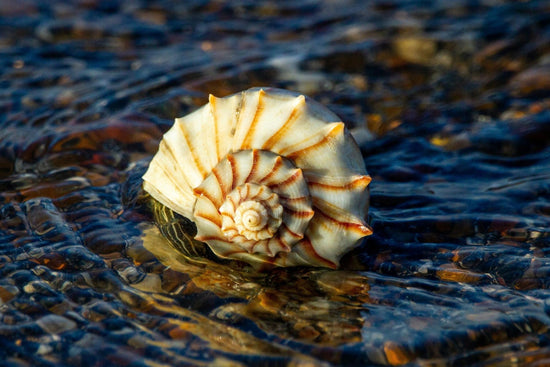Whether you’re a seasoned incense aficionado or an incense newbie looking to light your first stick, you may be wondering whether incense is bad for you. We love incense, and we want to note that using incense is a practice that humankind has engaged in for centuries. We’re going to cover a few health and safety concerns for incense, and what you might be able to do to mitigate them.
Air Pollution
A 2009 study found that there are some risks associated with air pollution from incense. A review of a study of 61,320 Chinese people in Singapore found that there was a correlation between incense use and respiratory tract disease. It’s impossible to determine which of the chemicals in incense smoke may be responsible for this correlation, but all smoke contains particulates and certain gasses that may be toxic. This is even true for candle smoke. Smoke is also a respiratory irritant, and while it doesn’t cause asthma, it may trigger asthma attacks.
It’s important to understand that for Chinese Singaporeans, incense is a part of everyday spiritual and religious life. They may burn incense continuously, or be exposed to a large concentration of incense smoke at temples. This is a much different level of exposure than burning a stick of incense a day.

What Can We Do?
While all smoke contains pollutants, ensuring that your incense is made with all natural ingredients and safe essential oils may reduce your risk. Artificial fragrances are often made with ingredients derived from fossil fuels, and can release toxic gasses and volatile organic compounds into the air.
Always burn incense in a well ventilated area. This helps to dilute the smoke and reduce your overall exposure to the smoke.
Make sure you’re not burning incense continuously throughout the day. This increases your exposure, and may increase your risk for health impacts.
If you have asthma, you should reduce or eliminate your incense use to avoid asthma attacks.
Skin Irritants
Some components of incense contain ingredients that can cause contact dermatitis. This is an allergic reaction on the skin, causing a rash. This is especially true for people with specific allergies to the components of incense. Not only can the incense itself cause this reaction, but the incense smoke can cause it as well.
What Can We Do?
Seeking out all natural incense can reduce the risk for allergic reactions. This type of incense tends to have fewer ingredients overall, reducing the number of substances that you’re exposed to. Buying an incense that lists its ingredients can help you avoid allergy triggers. Do not burn incense that contains substances that you’re allergic to. Artificial fragrances often include ingredients that irritate the skin; all natural incense doesn’t contain these substances.
Burn incense in a well ventilated space. This will reduce the concentration of smoke that you’re exposed to, reducing overall health risks.
It's important to note that some artificial fragrance oils are known skin irritants. Avoiding fragrance oils can help avoid skin irritation from incense.
Risk of Fire
Burning any kind of material indoors involves the risk of house fires. There are several instances of the use of incense causing house fires, which puts all residents of the home (and potentially of neighboring homes) at risk. But how risky is incense burning? According to data from the National Fire Incident Reporting System and the NFPA’s Annual Fire Department Experience Survey, the three leading causes of accidental house fires from 2009-2013 were: cooking equipment, heating equipment, and electrical and lighting equipment. These are things that are nearly ubiquitous in US homes. If we consider burning incense as dangerous as burning candles, which involve open flame, it is the eighth most common cause of house fires, causing an estimated 3% of house fires.

What Can We Do?
Always burn incense in a heat proof container (ceramic or metal are good choices) to avoid accidental fires. It’s safest to use a container designed to burn incense. You can also use sand or salt for some types of incense to help distribute heat and avoid hot spots. Burn your incense on a flat, stable, heat proof surface.
Never leave burning incense unattended. Do not leave the house with incense still burning, and do not go to sleep with incense burning.
Ensure that burning incense is out of the reach of children and pets, who may tip over the incense burner.
Pets and Children
Because pets and children are typically smaller than adults, they may have a lower tolerance for the smoke released by incense burning. Some pets, especially birds, are particularly sensitive to air pollution, and may develop respiratory illness as a result of exposure to smoke of any kind.
Children and pets may be more likely to get burns from incense, as they may not understand the dangers of touching or handling the incense.
Pets and children can also have allergies to the ingredients of incense or the components of smoke. Children with asthma may have problems with smoke of any kind.
Also keep in mind that many animals, cats and dogs included, have a much more sensitive sense of smell than we do, and a large amount of incense smoke may be overpowering to their senses, causing stress.

What Can We Do?
Ensure that burning incense is done in a well ventilated space to avoid problems associated with inhaling smoke.
Make sure that incense is burned out of reach of pets or children. Store your incense out of reach of pets and children; some types of incense may smell appealing and this can lead to ingestion.





